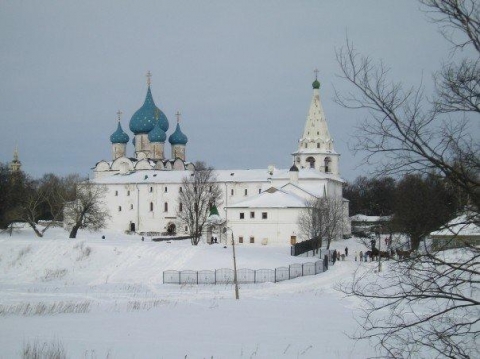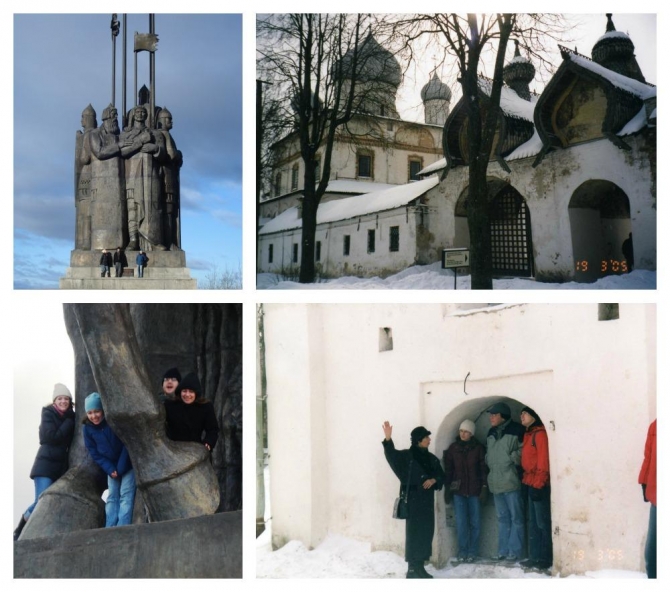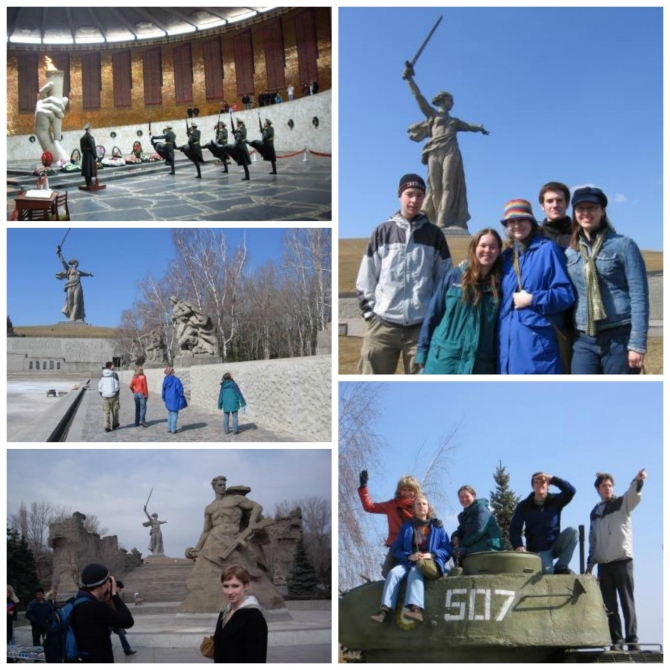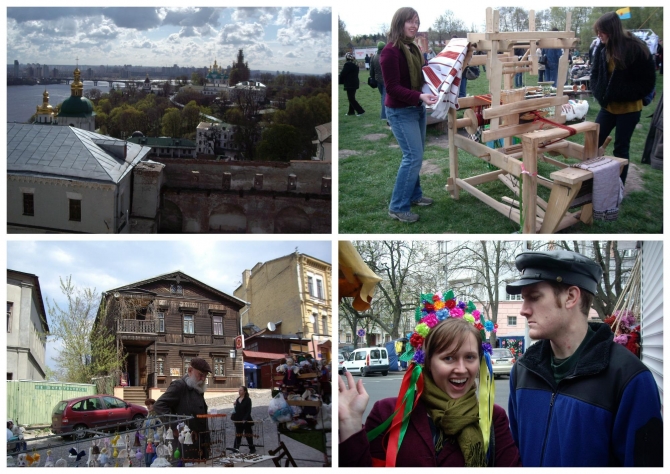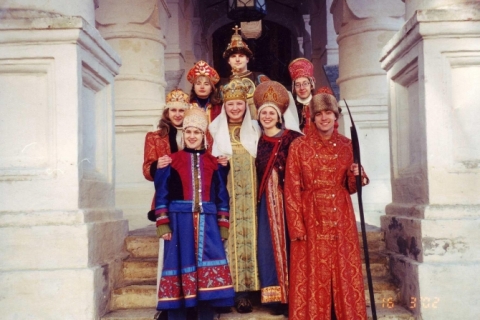Excursions and Day Trips
St. Petersburg
St. Petersburg is a city of haunting magnificence, an imperial capital that seems to have been built as a monument to its own passing. It was less than three centuries ago that Peter the Great began building his grand city on the Gulf of Finland, but it is difficult to visit its vast, crystalline squares and palaces without feeling the enormity of the gulf that separates that time from our own.
All this hallowed antiquity, of course, makes St. Petersburg more evocative of Russia's past than any place except perhaps the Moscow Kremlin. This impression is only deepened by a more familiar acquaintance.
The enigmatic homeliness of Peter's cottage and the city's placid canals may contrast with the brooding grandeur of the Winter Palace, but they share with it a graceful stillness that is difficult to forget.
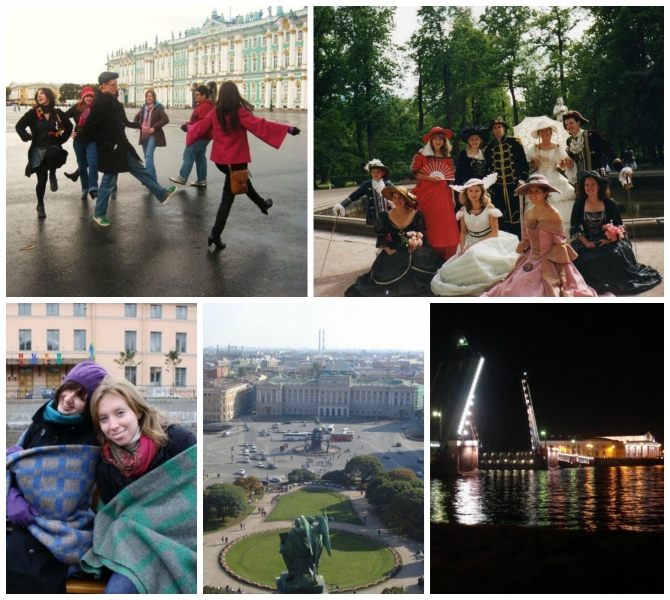
Yasnaya Polyana
Writers of the Golden Age of Russian prose were, as a rule, born and brought up in their family estates. Leo Tolstoy, who reached pan-European popularity as a novelist and philosopher, was not an exception: a count himself, he was an heir of the noble Volkonsky family. His grandfather from his mother's side, Prince Nikolay Volkonsky, once bought an estate near Tula, about 200 km from Moscow; this large estate later became the home of the Tolstoys, most famously among them, Leo. The Yasnaya Polyana estate was maintained until the 1917 revolution. But its value for our generation is not limited to a model prosperity; what is perhaps most impressive and intriguing is how Tolstoy implied his philosophical views here from the position of landlord. Moreover, several rooms can be described as real sanctuaries of literature, the very places where Tolstoy wrote most of his novels. (“Yasnaya Polyana” The Moscow News, № 36, 2007).
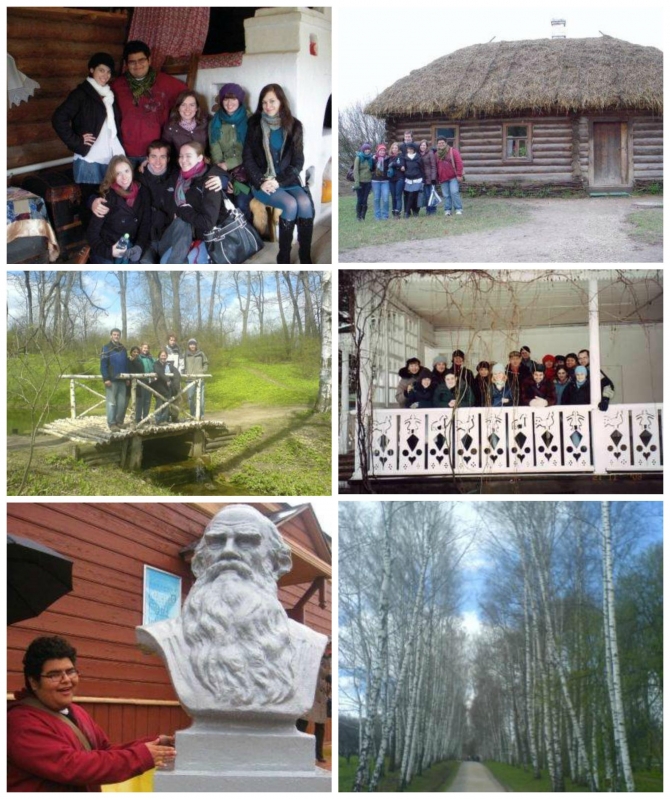
Pskov
An arranged marriage between prince Igor and Olga put Pskov on the map (or so the legend goes). Since then, for more than a millennia, Pskov has been an important crossroads between Russia and the rest of Europe. Students visited local monuments such as: the Mikhailovskoye Estate, the village of Izborsk, and the Perchorsky Monastery.
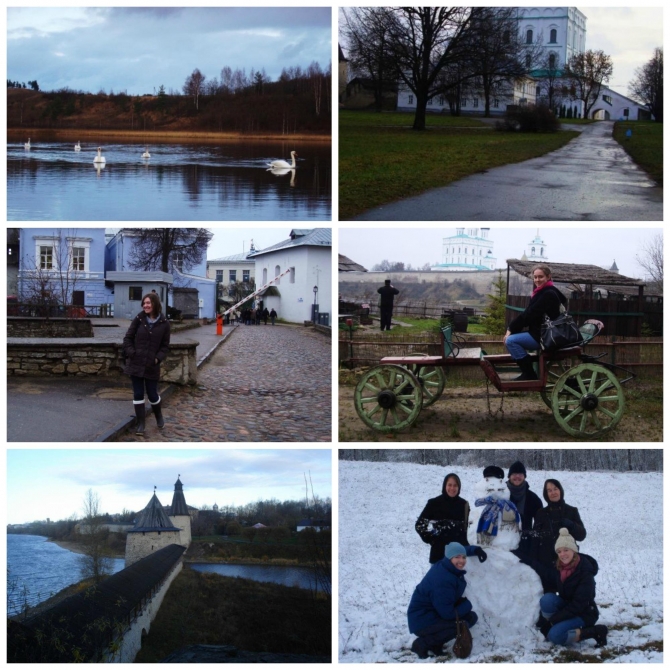
Novgorod the Great
The five hundred kilometers between Moscow and Novgorod can be easily covered by either car or train. However, six or seven centuries ago this distance required a week-long journey on river boats. Perhaps greater than the physical distance was the ideological gap between the two towns. As time passed, Moscow conquered Novgorod. Yet a special aura still exists in Russia's former capital. Some call this the air of democracy and liberty, but in any case Novgorod is beautiful, and surely worth a contemplative visit.
Volgograd
“One of our weekend excursions was to the city of Volgograd - the site of Battle of Stalingrad. To remind future generations of what the city looked like after the war, the Russians left one of the bombed-out factories standing near the town's center. While the shell of the old factory is itself a testament to the destruction of the city, we were incredulous to learn that the factory was one of the least-destroyed buildings in the city. Seeing the pictures of the total destruction of Volgograd after the war and hearing stories about the million people who died in this one battle alone, we began to understand why World War II still plays such a prominent role in the Russian psyche.” —Erica Lally ’08
Kazan
Kazan, the capital of Tatarstan and one of the oldest cities in Russia, has always been a cultural melting pot. Today it still strikes tourists with its beautiful mosaic of Muslim and Russian Orthodox cultures peacefully coexisting within one city.
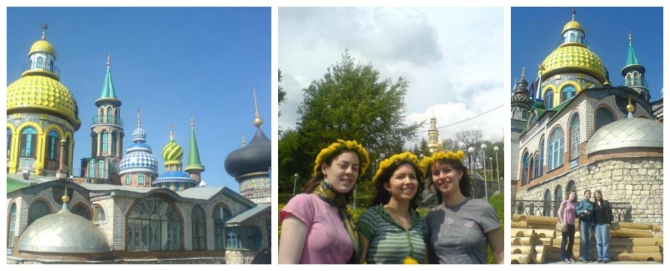
Kiev
At first glance, the whole city of Kiev seems to be Russian to the bone. It has the same broad streets, the same pompous Stalin architecture, and same traffic as Moscow. But after awhile, small differences emerge: While Ukrainians use the same Cyrillic letters, and boast the same humongous architecture, the city is dressed up in the national ornaments. In Kiev everything carries the blue and yellow national flag and the national coat of arms.
Golden Ring
The "Golden Ring" is a popular touristic route that includes the some of the most beautiful ancient Russian towns. Traditionally, Dickinsonians visit two Golden Ring 'pearls' —Vladimir and Suzdal.
